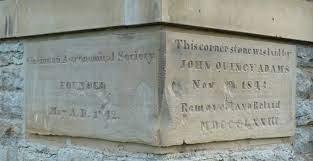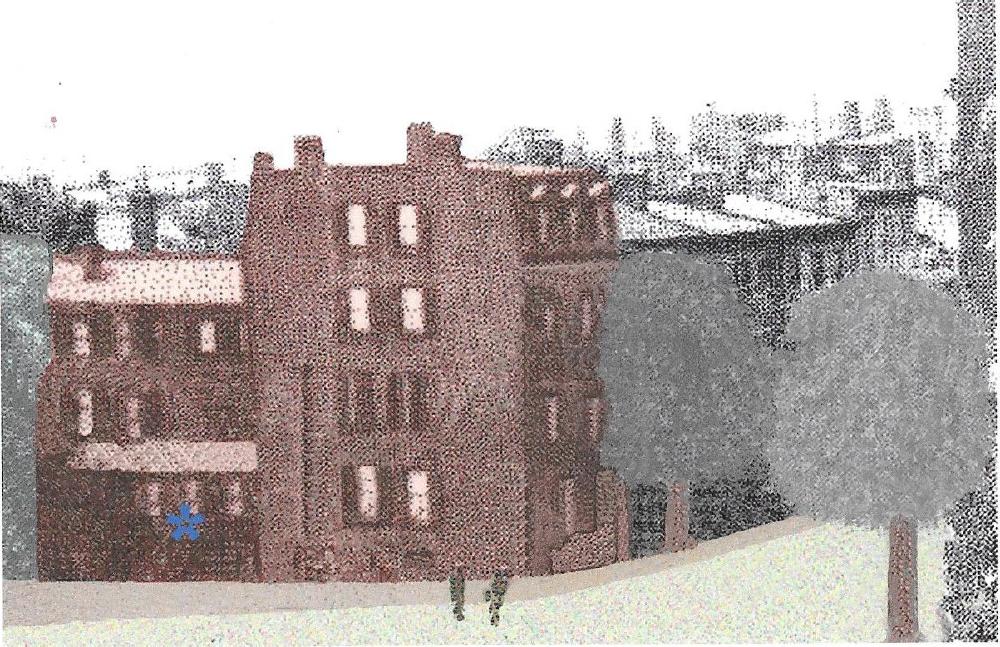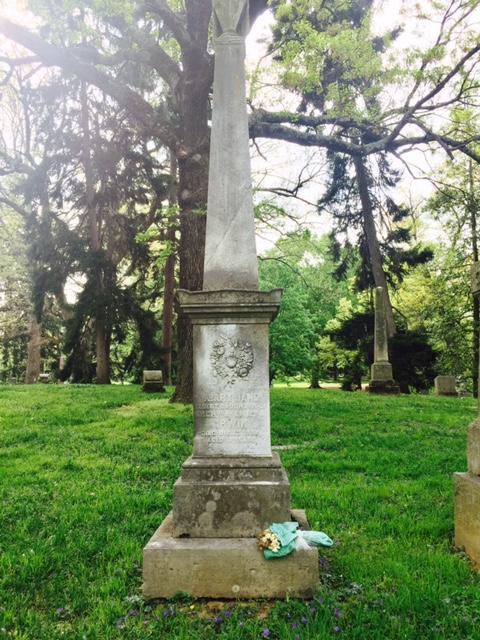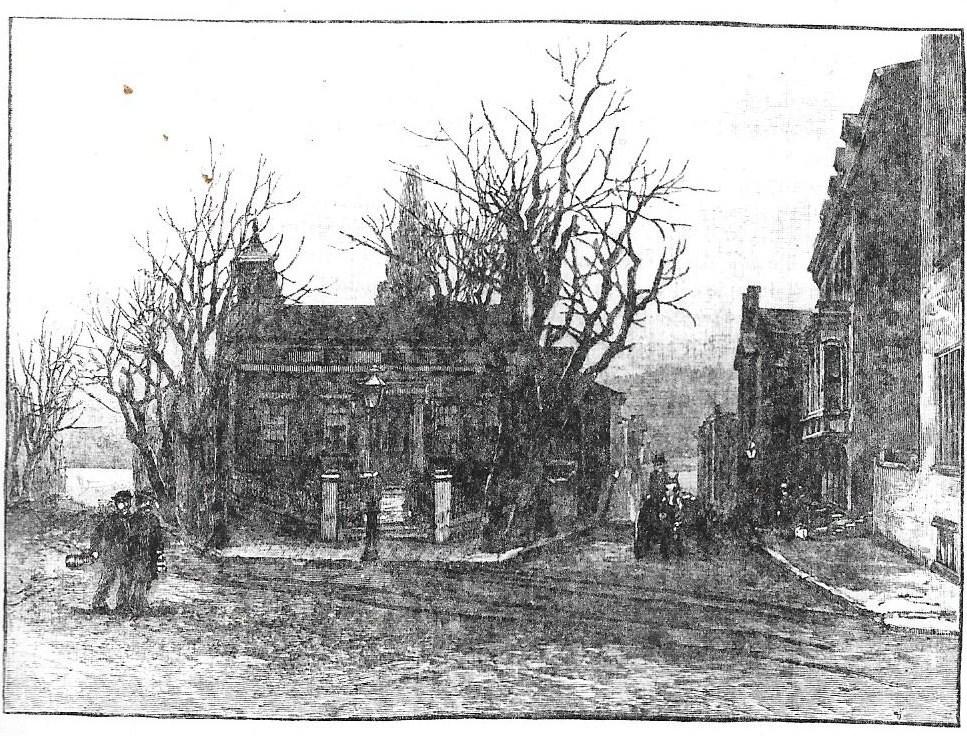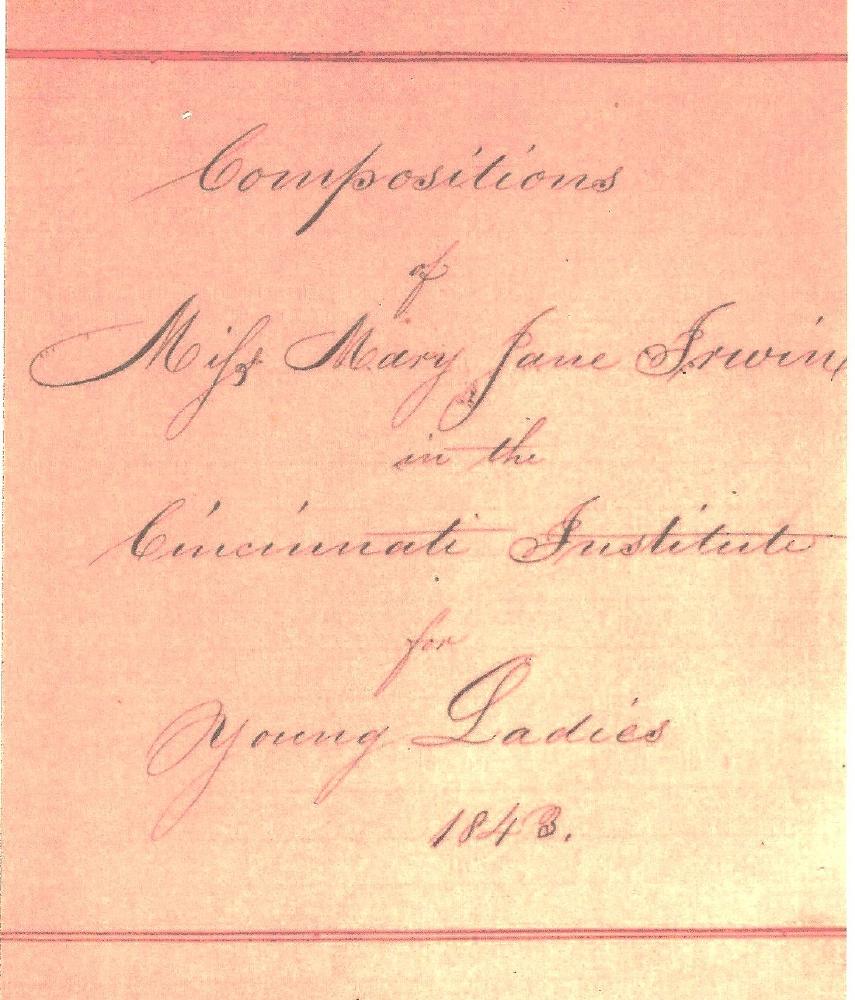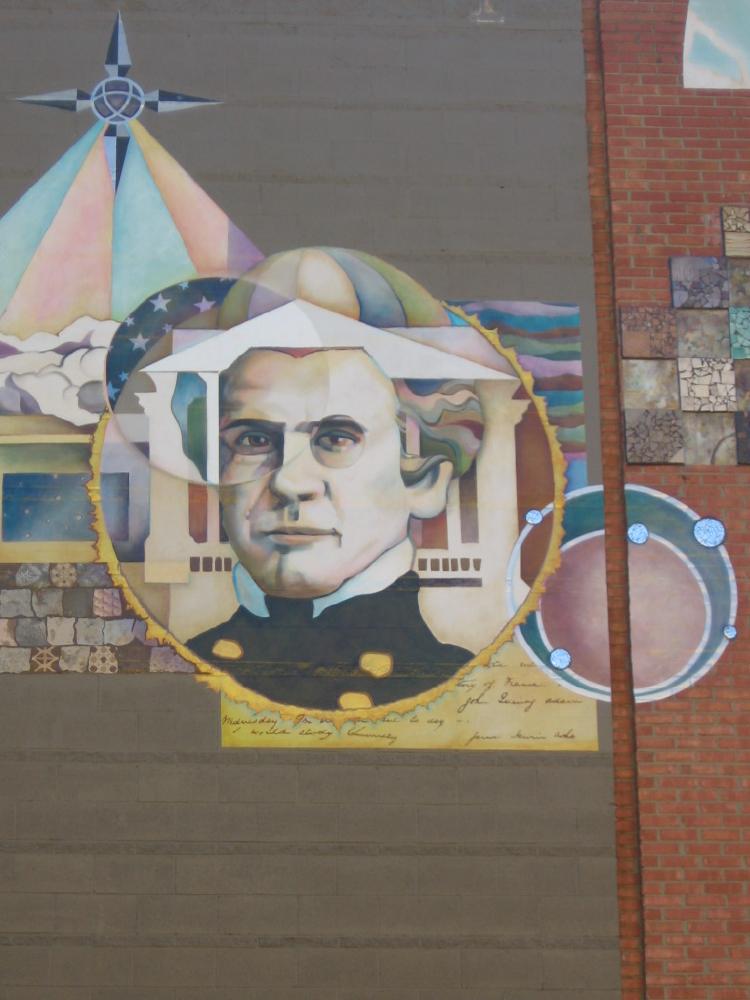
In 1843 Cincinnati teenager Mary Jane Irwin kept a journal that has survived 180 years. Irwin’s personal descriptions are a window into early Cincinnati detailing society and historical events. She witnessed the 1843 Great Comet pass over the city, the inception of the Cincinnati Observatory and left a first-hand account of John Quincy Adams' laying of its cornerstone.
Mary Jane Irwin came into a third-generation Cincinnati family when she was born on March 21, 1829. Her parents were Archibald and Emily Irwin; the family was in the pork-packing, banking, and steamboat commission business. Mary Jane had five younger siblings, Esther, Louisa, Sarah, William, and George. The Irwin home was built on the site of Fort Washington; now Guilford School near Lytle Park on Ludlow between Third and Fourth Streets. Mary Jane’s maternal grandmother was one of a few female charter members listed in the Cincinnati Astronomical Society. Her paternal grandfather William Irwin owned the first grist mill on the Mill Creek. Her maternal grandfather, a banker, was responsible for generating the Cincinnati moniker ‘Porkopolis’ in 1825.
INFLUENTIAL WOMEN
Mary Jane attended The Cincinnati Institute for Young Ladies on Fourth and Vine Streets. In 1843 she began writing a journal. Through the journal Mary Jane was an eyewitness to everyday Cincinnati life, including notable women who played a strong role in her life. There was Aunt Jane Findlay (Market), neighbor Margaret Lytle, the Pendletons, her cousin Torrence, and Harriet Buchanan (Spring Grove Cemetery). Harriet Beecher Stowe at this time was attending the Semi-Colon Club meetings at Daniel Drake’s house on Third Street behind Irwin’s home.
CINCINNATI OBSERVATORY
Mary Jane’s journal contains enthusiastic references to the soon-to-be-established Cincinnati Observatory. In 1843 the city was alive with excitement about the new observatory on their horizon; in the future, Cincinnati would become The Birthplace of American Astronomy. In 1842 Cincinnati astronomer and professor Ormsby MacKnight Mitchel purchased a Munich telescope for the new Observatory. From 1842 to 1843 Mary Jane attended Mitchel’s exciting lectures. Her father Archibald, along with hundreds, became a charter member of the Cincinnati Astronomical Society. Public funds provided astronomer Mitchel with the purchase of an 1845 German Merz & Mahler Telescope which would serve as the centerpiece for the Cincinnati Observatory; now a National Historic Landmark.
In her journal, Mary Jane wrote in detail of the Great Comet of 1843 that passed over Cincinnati. Amateur accounts of comets at that time were relatively rare. On March 20, approaching her birthday, with young William Henry Harrison III in attendance, Mary Jane tells, “After tea we went out to see what some suppose to be the tail of a comet, others a sign in the heavens, as is spoken of in the Bible, and others-reflections of the sun. It was a long light, but it was not quite so distinct, as it had been tolerably plain before”.
THE CORNERSTONE
On November 9, 1843 the anticipated John Quincy Adams arrived in Cincinnati and laid the Observatory cornerstone. Later at home, near the hotel where Adams stayed, Mary Jane inked in her journal she walked in the citizens' procession escorting Adams to the hill soon to be named Mt. Adams. She remarked on President Adams:
‘The weather was very unpleasant, he didn’t deliver his speech’. Quite the fact; historically recorded, the rain on Mt. Adams delayed Adams’ speech. He gave his speech the next day in Wesley Chapel on Fifth Street with young Mary Jane attending. She was among the first Observatory members to look through the telescope in April, 1845 when it was first operated; the same telescope visitors look through today in Mt. Lookout.
There are no known photographs of Mary Jane; photography was in its infancy in 1843. Her written words are a lasting portrait. In 2014 artist Tina Westerkamp created the Mt. Adams history mural; including women. Mary Jane’s work was chosen. The artist embedded a page from Mary Jane’s journal, beneath astronomer O. M. Mitchel’s likeness representing the original Observatory location. Upon her death of tuberculosis during a great flood in December 1847, Irwin’s journal was neatly sewn shut; preserving her time capsule. She is buried in Spring Grove Cemetery with the rest of her family.
Images

